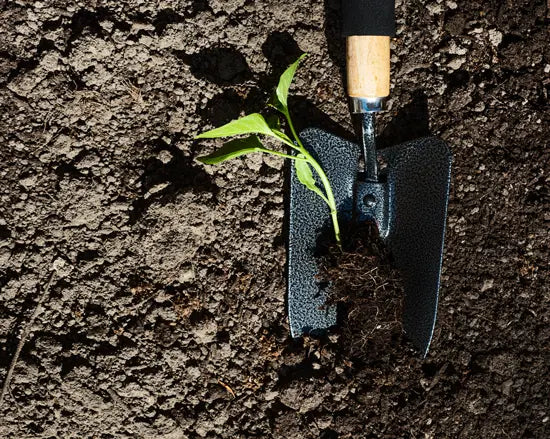All kinds of mistakes can be made during fertilization.
A main error is the imbalance, by unilaterally adding an excess of certain ions (salts).
The colloids (buffer) largely compensate for this error by recording many of these ions. These therefore disappear from the soil moisture, so that this is protected from an excess of salts.
This excess would have an adverse effect on the cell fluids of the root hairs. The water would be withdrawn from the cell fluid by the greater concentration of ions outside the cell (osmosis equilibrium).
This would continue until equilibrium of salts within and outside the cell was achieved. This water extraction is also called "burning of the plant or leaf".
Cheaper fertilizers contain many salts that are almost always only partially plant food.
These salts, also known as "bulking agents", can cause a plant to burn earlier because they accumulate more and more in the medium.
This medium is then usually also no longer suitable for a subsequent use and must therefore usually be renewed after one use.
In addition to a lower harvest, cheaper fertilizers also cost a lot more labor and money with renewing the medium.
Re-buffer soil
A soil or coconut medium that is properly re-buffered after each harvest can last for many years. Special buffer nutrients will re-balance and stabilise the pH value in the medium. A good soil buffer also contain a blend of good soil bacterials to stimulate the life in a medium.
No more NPK nutrition should be given to the medium at least 5 days before harvest.

